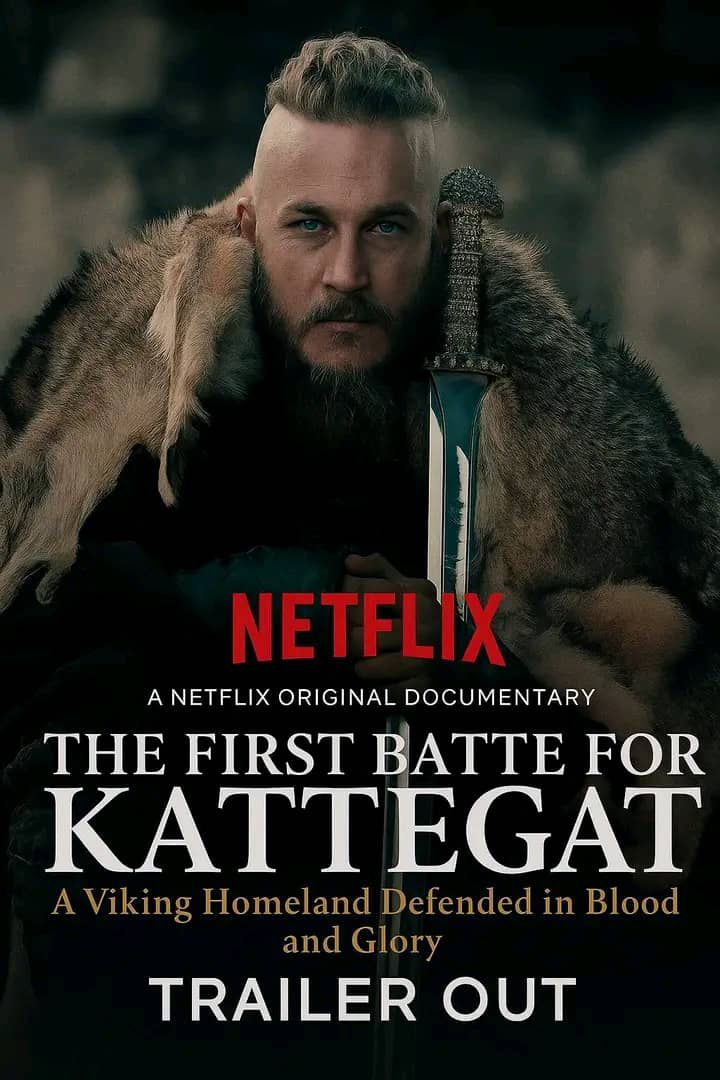The First Battle for Kattegat: A Viking Homeland Defended in Blood and Glory
The rugged waters of the North Atlantic have witnessed countless legendary clashes, but few are as pivotal as the first battle for Kattegat—a vital Viking homeland and a strategic gateway to Scandinavia. This fierce confrontation, rooted in ambition, loyalty, and survival, marked a defining moment in Viking history, echoing through the ages as a testament to their resilience and martial prowess.
**The Significance of Kattegat**
Kattegat, a sea area bounded by Denmark and Sweden, has long been a critical hub for Viking activity. Its strategic location allowed for swift raids, trade, and cultural exchange. For the Vikings, control over Kattegat meant dominance over the Baltic and North Seas, access to fertile lands, and the ability to project power into continental Europe. As such, it became a coveted prize for rival Viking clans and external enemies alike.
**The Build-Up to Battle**
By the early 9th century, tensions among Viking clans had intensified. Power struggles, territorial disputes, and the lure of wealth fueled the desire for control over Kattegat. The leading chieftains of the region, each commanding formidable fleets, prepared for what would become an epic confrontation. Among them was a prominent chieftain named Ragnar, known for his strategic mind and fierce loyalty to his people.
The opposing force was led by a rival warlord, Eirik, whose ambitions threatened Ragnar’s domain. Eirik’s forces, numbering in the hundreds of ships and thousands of warriors, sought to seize control of Kattegat to expand his influence and secure dominance over the Scandinavian coasts.
**The Clash of Titans**
The battle took place during a stormy season, with dark clouds and turbulent seas adding to the chaos. Ragnar’s forces chose a defensive position along the narrow straits, utilizing their knowledge of local waters to their advantage. Eirik’s fleet, confident in their numbers, launched a surprise attack under the cover of night.
The clash was brutal and relentless. Vikings fought fiercely, wielding axes, shields, and spears, embodying their warrior culture. The narrow confines of the straits created a grueling melee, where ships rammed and warriors fought hand-to-hand. The sound of clashing steel and thunderous waves echoed through the waters as blood stained the seas.
Despite being outnumbered, Ragnar’s forces held their ground, employing clever tactics such as ramming ships and using fire arrows to disrupt the enemy’s formations. The battle raged for hours, with both sides suffering heavy casualties. As dawn broke, the tide of the battle shifted in favor of Ragnar’s defenders, who managed to push back Eirik’s forces and secure a hard-fought victory.
**Blood and Glory**
The victory at Kattegat was more than a strategic win; it was a symbol of Viking resilience. Ragnar’s forces, though battered, proved that determination and tactical ingenuity could triumph over sheer numbers. The battle solidified Ragnar’s reputation as a formidable leader and protector of his homeland.
For the Vikings, the battle became a legend, passed down through generations as a story of bravery, sacrifice, and the unyielding spirit of their people. The victory ensured control over Kattegat for years to come, allowing the Vikings to continue their expansion and influence across Europe.
**Legacy of the Battle**
The first battle for Kattegat set the stage for future conflicts and solidified the region’s importance in Viking history. It demonstrated that victory often depended on strategy and courage as much as brute force. The battle’s aftermath saw increased fortifications and alliances among Viking clans, shaping the political landscape of Scandinavia.
Today, the story of this fierce confrontation remains a symbol of Viking valor. It reminds us that even in the darkest storms—both literal and metaphorical—resilience and bravery can carve legends that endure through the ages.



